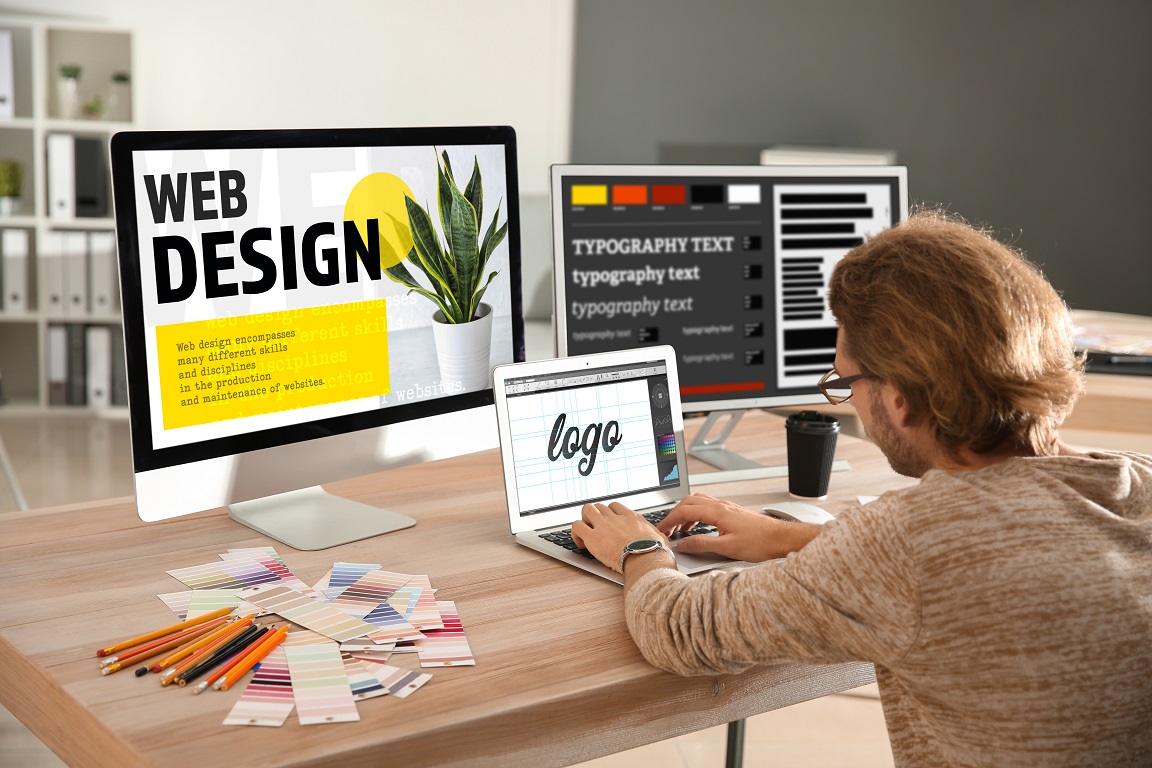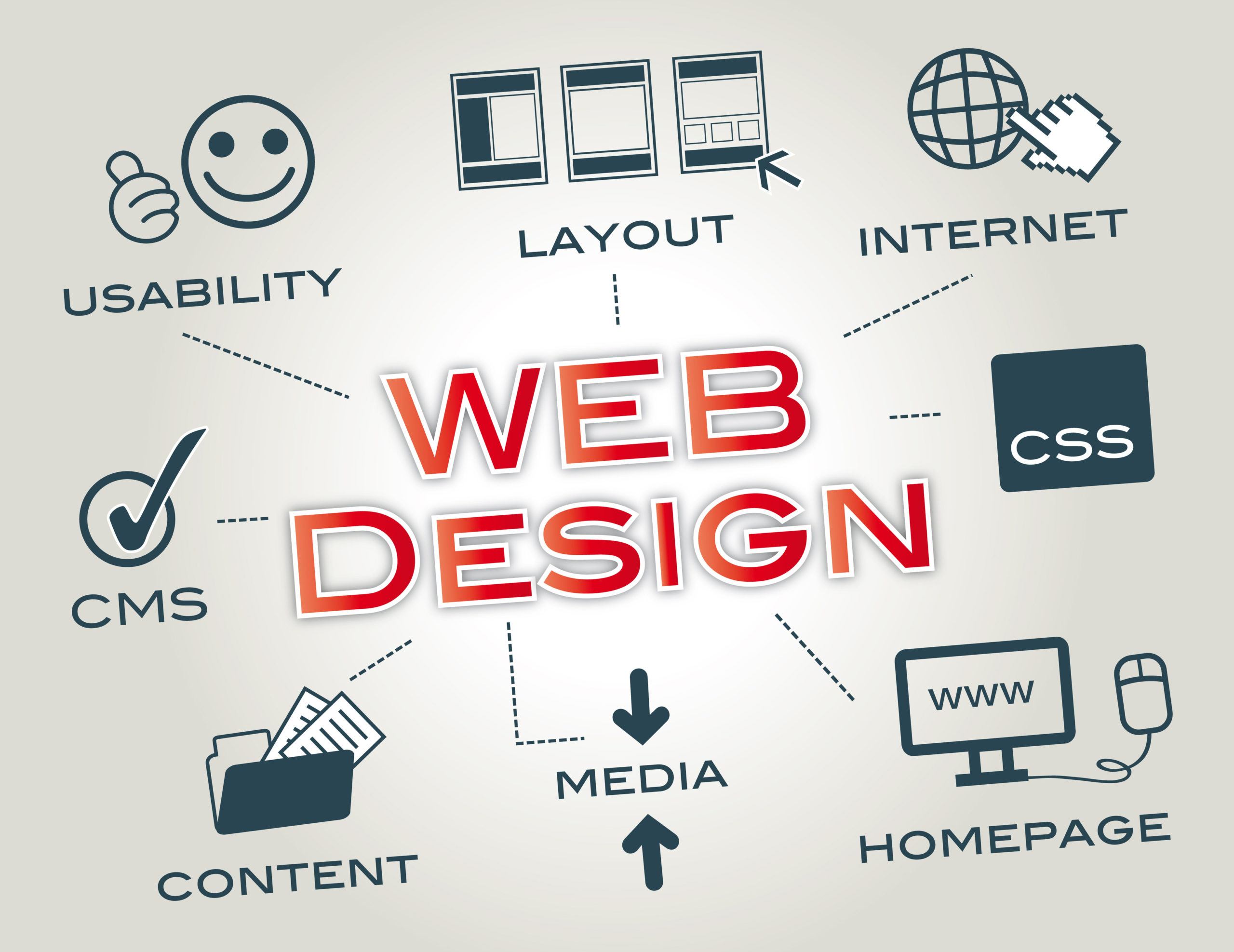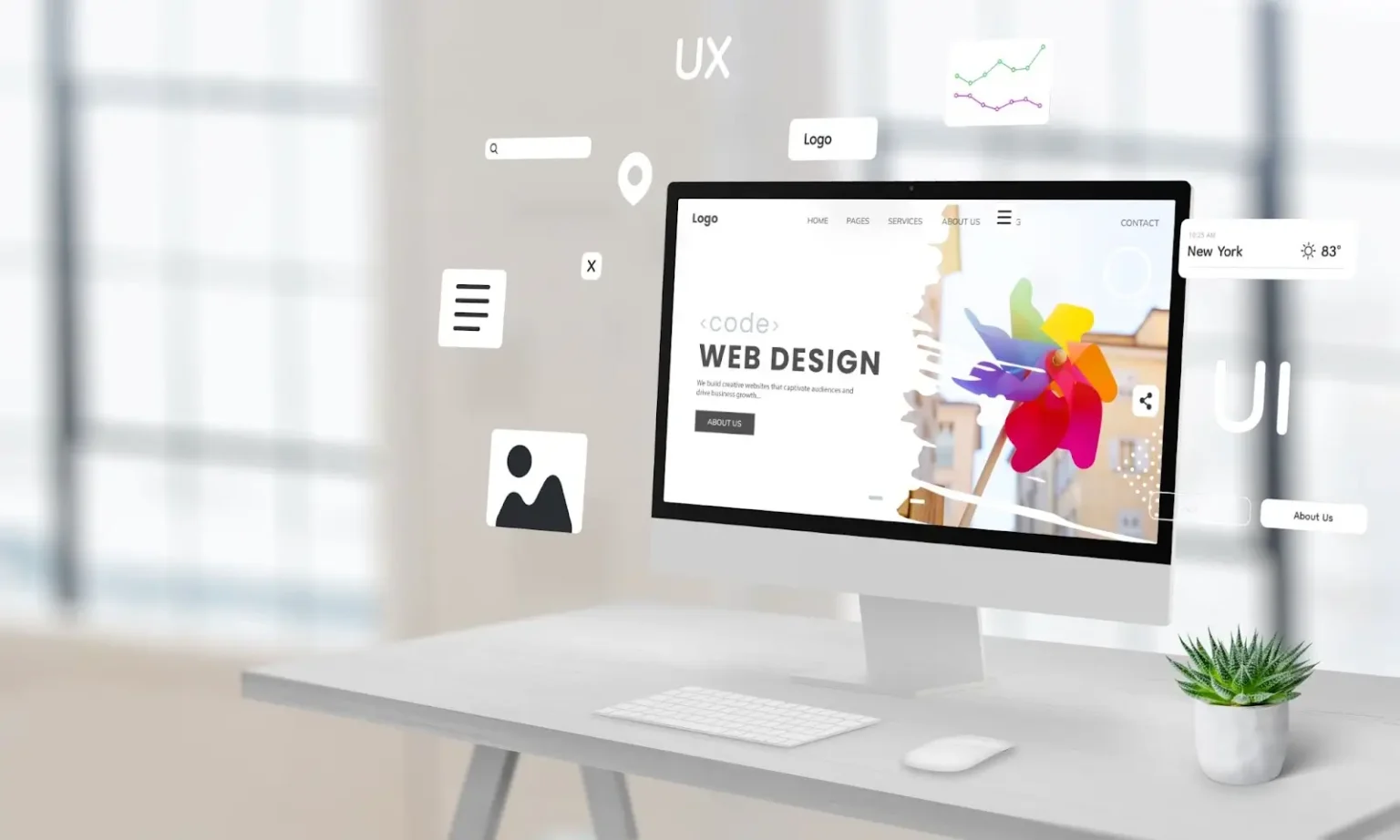Exactly How Innovative Web Design Can Change Your Brand Name Identification
Ingenious web design plays a crucial function fit a brand's identification. It works as the digital storefront, influencing impressions and user involvement. Thoughtful layout selections can develop unforgettable experiences and foster loyalty. The impact goes past aesthetic appeals. Comprehending the underlying concepts of effective web design can reveal its real possibility. What strategies may be utilized to assure that a brand not just stands apart however also reverberates with its audience?
The Relevance of First Impressions in Web Design
Exactly how important is a very first impact in the domain of web design? It functions as the preliminary gateway to user engagement, determining whether site visitors will certainly check out further or desert the site. A website's aesthetic and capability can greatly affect perceptions of a brand's credibility and professionalism and reliability. In an age where digital communications are immediate, individuals create opinions within seconds, making visual allure and user-friendly navigation essential.
An effective impression can promote count on and motivate exploration, while an improperly designed interface might evoke disappointment and uncertainty. Components such as color pattern, typography, and layout all contribute to this preliminary assumption. Furthermore, uniformity in layout throughout all web pages reinforces brand identity. Consequently, the relevance of initial impacts in web design can not be overstated; they not only determine user retention however likewise effect overall user experience and fulfillment, ultimately forming a brand name's online reputation in an affordable on-line landscape.
Secret Aspects of Reliable Web Design
A website's effectiveness depends upon several crucial elements that work in harmony to create a positive user experience. Instinctive navigating is important, permitting users to situate info easily. Clear and concise content improves understanding and engagement, while critical use of whitespace prevents frustrating the viewer.
Responsive layout is one more essential facet, making certain that the site operates well on numerous tools and screen sizes. Fast loading times are necessary; slow-moving websites can bring about high bounce prices.
Visual elements, consisting of high-quality images and an enticing format, contribute to a visually pleasing experience that reverberates with users. Access should not be neglected, as it ensures that all users, regardless of capability, can engage with the website.

Exactly How Color Psychology Influences Brand Perception
Color psychology plays a pivotal function fit brand name understanding, influencing consumer feelings and actions in extensive ways. Various shades stimulate specific feelings; as an example, blue commonly communicates trust and expertise, while red can generate excitement or seriousness. Brands purposefully take advantage of these associations to boost their identification and connect with their target market.
A tech company may use a smooth blue palette to task dependability, while a food brand might opt for vivid reds and yellows to promote appetite and power. The consistency of color across numerous platforms enhances brand recognition and cultivates commitment

Enhancing User Experience With Ingenious Features
Numerous cutting-edge attributes can considerably enhance user experience in web design, creating a more instinctive and appealing interaction for site visitors. Interactive aspects such as dynamic web content, computer animations, and responsive layout assurance that customers continue to be astounded and entailed. Integrating features like chatbots can give real-time help, enhancing interaction and dealing with user queries instantaneously.
In addition, personalized web content based on user habits cultivates a tailored experience, motivating long term engagement. Access functions, including voice navigating and screen viewers, guarantee inclusivity for all customers, even more improving general complete satisfaction.
Carrying out user-friendly navigation, such as sticky menus and breadcrumb tracks, permits customers to find info easily, minimizing frustration. In addition, integrating micro-interactions, like subtle computer animations during switch clicks, can provide positive responses, strengthening user original site activities. Ultimately, these ingenious attributes work collectively to develop a enjoyable and seamless user experience, substantially improving the general assumption of a brand.
Situation Researches: Brands That Transformed Their Identification Through Web Design
Internet layout plays a pivotal function in forming a brand's identity, as confirmed by different business that have effectively redefined their picture with ingenious on the internet experiences. A significant example is Airbnb, which revamped its web site to concentrate on storytelling and user-generated material. This technique not only improved user interaction but also strengthened its community-centric brand name identification.
The rebranding of Dropbox with a minimal style highlighted simpleness and performance, lining up completely with its objective to make data sharing uncomplicated. The new visual identity fostered a modern-day and trustworthy picture.
One more case is Mailchimp, which shifted from a simple email marketing device to a full-fledged advertising and marketing system. Its lively layout and lively imagery reflect a friendly my latest blog post and innovative brand personality, interesting a more comprehensive target market.
These changes show how critical web design can substantially influence understanding, ultimately driving brand name loyalty and market growth. - Web Design Agency
Regularly Asked Questions
Just How Much Does Cutting-edge Web Design Usually Price?
Ingenious web design commonly costs in between $2,500 to $15,000, relying on complexity, functions, and developer know-how. Custom remedies may exceed this range, mirroring the financial investment in quality and functionality that enhances user experience.

What Are the most up to date Web Design Trends to Watch?
The current web design trends include minimalism, vibrant typography, dark setting, interactive elements, and immersive storytelling. These components improve user experience, ensuring sites stay interesting and aesthetically appealing in a progressively digital landscape.
For how long Does an Internet Layout Project Normally Take?
A website design task generally takes between four to twelve weeks, relying on variables such as intricacy, customer feedback, and the design team's workload. Timelines may differ considerably based on particular project demands and goals.
Can I Revamp My Internet Site Without Shedding SEO Rankings?
Yes, a website can be redesigned without shedding SEO rankings. Careful preparation, preserving URL frameworks, optimizing on-page components, you could look here and updating backlinks assist preserve presence in search engines during and after the redesign process.
What Operating systems Are Finest for Implementing Cutting-edge Web Design?
Popular platforms for cutting-edge web design include WordPress, Wix, and Squarespace. Each deals distinct attributes, themes, and customization alternatives, allowing customers to produce aesthetically attractive and useful internet sites that line up with their brand name identity.
Ingenious internet design plays an important role in forming a brand name's identity. Countless innovative functions can significantly boost user experience in web style, developing a more intuitive and appealing communication for visitors. Web Design services. Interactive components such as dynamic content, computer animations, and receptive layout guarantee that customers continue to be mesmerized and involved. Internet layout plays a critical function in forming a brand name's identity, as confirmed by numerous firms that have successfully redefined their picture with cutting-edge on-line experiences. An internet design project usually takes in between four to twelve weeks, depending on elements such as complexity, client comments, and the style group's work